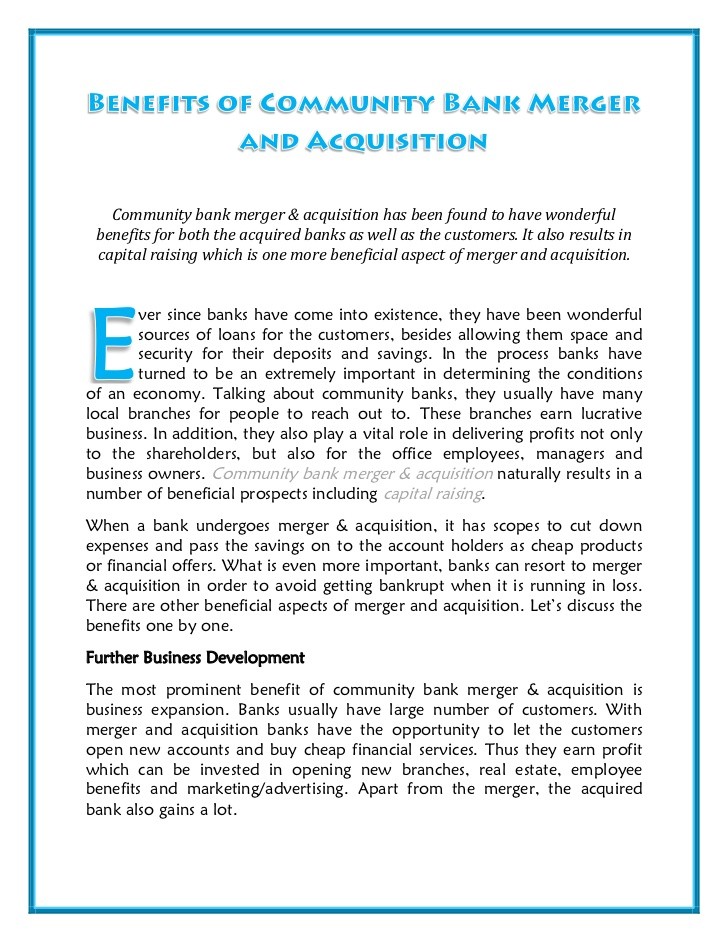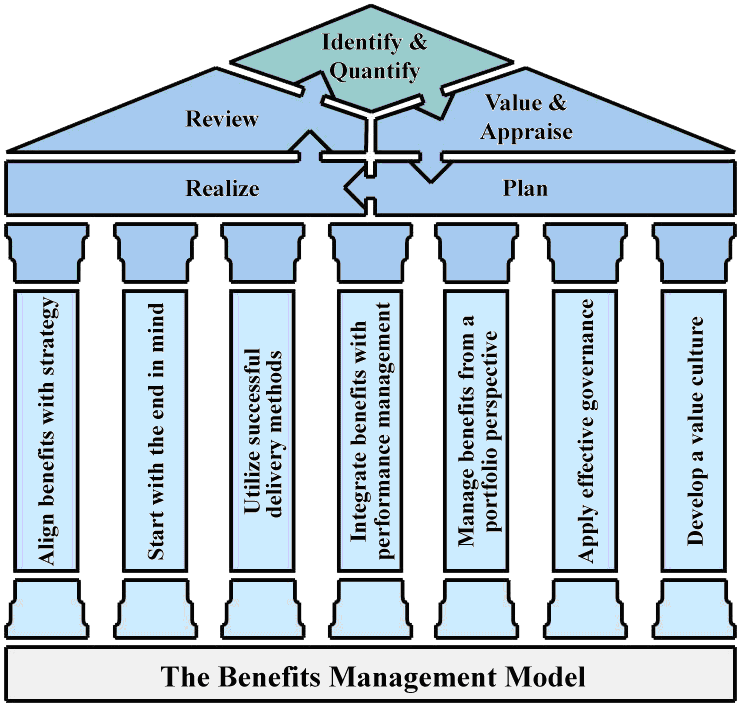Benefits of Mergers
Post on: 16 Март, 2015 No Comment

A merger occurs when two firms join together to form one. The new firm will have an increased market share, which reduces competition. This reduction in competition can be damaging to the public interest, but help the firm gain more profits.
However, mergers can give benefits to the public.
1. Economies of scale. This occurs when a larger firm with increased output can reduce average costs. Lower average costs enable lower prices for consumers.
Different economies of scale include:
- Technical economies; if the firm has significant fixed costs then the new larger firm would have lower average costs,
- Bulk buying – A bigger firm can get a discount for buying large quantities of raw materials
- Financial – better rate of interest for large company
- Organisational – one head office rather than two is more efficient

· Note a vertical merger would have less potential economies of scale than a horizontal merger e.g. a vertical merger could not benefit form technical economies of scale. However in a vertical merger there could still be financial and risk-bearing economies.
Some industries will have more economies of scale than others. For example, car manufacture has high fixed costs and so gives more economies of scale than two clothing retailers.
2. International Competition. Mergers can help firms deal with the threat of multinationals and compete on an international scale.
3. Mergers may allow greater investment in R&D This is because the new firm will have more profit which can be used to finance risky investment. This can lead to a better quality of goods for consumers. This is important for industries such as pharmaceuticals which require a lot of investment.
4. Greater Efficiency. Redundancies can be merited if they can be employed more efficiently.
5. Protect an industry from closing. Mergers may be beneficial in a declining industry where firms are struggling to stay afloat. For example, the UK government allowed a merger between Lloyds TSB and HBOS when the banking industry was in crisis.
6. Diversification. In a conglomerate merger two firms in different industries merge. Here the benefit could be sharing knowledge which might be applicable to the different industry. For example, AOL and Time-Warner merger hoped to gain benefit from both new internet industry and old media firm
The desirability of a merger will depend upon several factors such as:
- Is there scope for economies of scale? Are there high fixed costs?
- Will there be an increase in monopoly power and significant reduction in competition?
- Is the market still contestable? (freedom of entry and exit)
Because of this the Competition Commission looks at each individual case and assess its relative merits and demerits.














